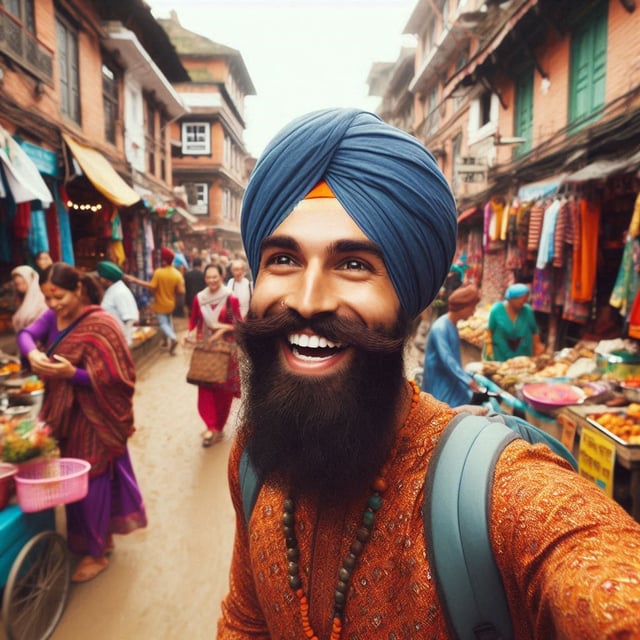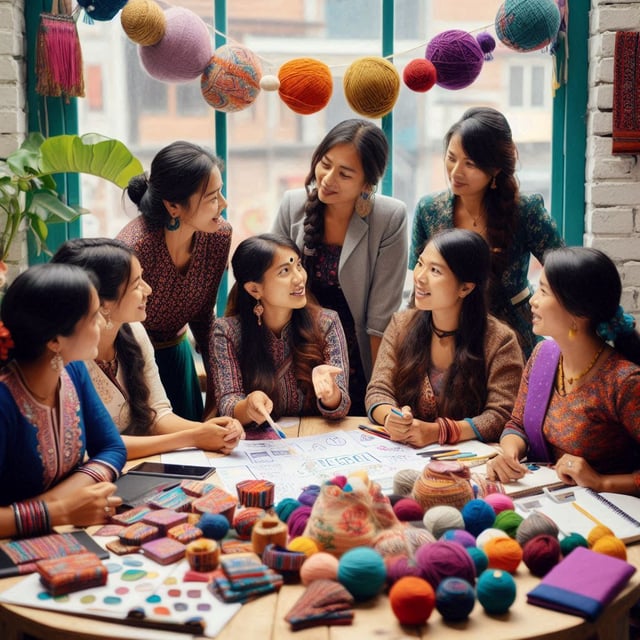Hokshe: The Kidney Village

Hokshe, a small mud-brick village in Kavre, an eastern district near the capital Kathmandu, would otherwise be an insignificant landmark, if not for the dark culture of kidney trade, for which it is grimly nicknamed "The Kidney Village."
The impoverished villagers of Kavre, in the hopes of a “better life,” sell their kidneys to traffickers.
Geeta, a resident of Hokshe and a mother of four, was persuaded by the prospect of a brand new home and land for her family. She decided to sell her kidney and received a mere 200,000 NPR in return, which was roughly $1,500 USD.
The surgery was quick, and she was paid promptly. Fate would have it, that shortly after, her house was demolished, during Nepal’s massive 2015 earthquake, leaving her homeless. Her sacrifice appeared to be in vain.
After becoming a victim of trafficking, victims often encourage relatives to enlist, to continue profiting from the kidney trade.
Kumar Budathoki, who hoped to secure a better future for his family, sold his kidney for what he was told would be $5,000 USD. Unfortunately, he only received $1,000 USD. Kumar suffered serious health complications, after the surgery, forcing him to stop working.
This spiraled into a desperate situation, prompting his wife and younger brother to sell their kidney as well, further compounding their misery.
In some cases, traffickers are close and trusted relatives. Kenam Tamang was taken to Chennai, India, by his son-in-law under the pretense of work opportunities. In a foreign country, where Keenam couldn’t comprehend the language, he found himself in a hospital. He was promised $700 and told his kidney would regenerate. Kenam was reportedly the first person from Hokshe to sell his kidney.
The first kidney transplant in Nepal was conducted in 2008, following legislation that was passed in 2000, allowing the procedure.
But the Hokshe village kidney trade problem dates far back to the early 1990s when brokers, by using deceptive promises, turned the village into a hub for kidney donors, performing the surgeries in India.
Kidney trade is not limited to Nepal and India; it is a widespread problem. Approximately 10,000 illegal kidney transplants occur each year in countries like China, Pakistan, and India.
Before 2008, Nepalese citizens seeking transplants, had to travel abroad, mainly to India where the minimum cost of kidney transplants was around Rs. 1 million (about USD $12,700) while having the procedure in Nepal would cost 300,000 NPR.
The kidney plays a vital role in filtering waste products from the blood by converting them into urine. However, kidney function can be compromised due to Chronic Kidney Disease, which can be caused by various factors, including high blood pressure, diabetes, high cholesterol, kidney infections, kidney stones, and even long-term use of certain medications, such as lithium and non-steroidal anti-inflammatory drugs (NSAIDs). End Stage Renal Disease (ESRD) means a person’s kidney can’t take care of the body, resulting in the accumulation of waste and excess fluids. As a result, they require dialysis, which can perform only 10-15% of the work that is done by a normal kidney to stay alive.
Dialysis is typically performed in a dialysis center for 2-4 hours, three times a week. However, hemodialysis, a common form of dialysis, has side effects as they suffer from low blood pressure, sepsis (blood poisoning), muscle cramps, itchy skin, as well as insomnia, bone and joint pain, reduced libido, erectile dysfunction, dry mouth, and anxiety. The patient needs to go through a strict treatment schedule, medication, and dietary changes. Therefore, finding a kidney donor becomes crucial for ESRD patients, offering the prospect of leading a normal life.
The kidney is one organ that can be donated while the donor person is alive, known as a living donation. Ideally, the donation should come from relatives as they have the same tissue type and blood group, which reduces the risk of the body rejecting the organ.
Kidney donations from deceased individuals are also possible but have a slightly lower chance of long-term success.
Living with only one kidney leads to increased protein in the urine, reduces kidney filtration, high blood pressure, and potential complications during pregnancy. Despite these considerations, an individual with one kidney can lead a normal, healthy life.
However, it’s important to note that some individuals, especially those who can afford it, may be reluctant to donate their kidneys to loved ones. Instead, they seek to find a donor in exchange for money. As a result, the kidney is perceived as a commodity that can be purchased and sold with money.
In Hokshe, more than 121 villagers out of 4,000 have resorted to selling their kidneys.
The trade as of now is on Nepal Police’s radar. There are cases where police have arrested traffickers, some of whom were doctors and elected officials.
The real problem with the kidney trade is poverty. As long as a community remains impoverished, members will seek different means to improve their lives financially.
The lack of community reach-out is perpetuating the cycle. Targeted community reach out, educating the villagers, and proper public awareness is needed to stop the cycle of kidney trafficking.
Author
Kripendra Amatya, Researcher, Nepa~laya Productions
Editor
Dana Moyal Kolevzon, Director of International Relations, Nepa~laya Productions
Published Date
January 1, 1970



